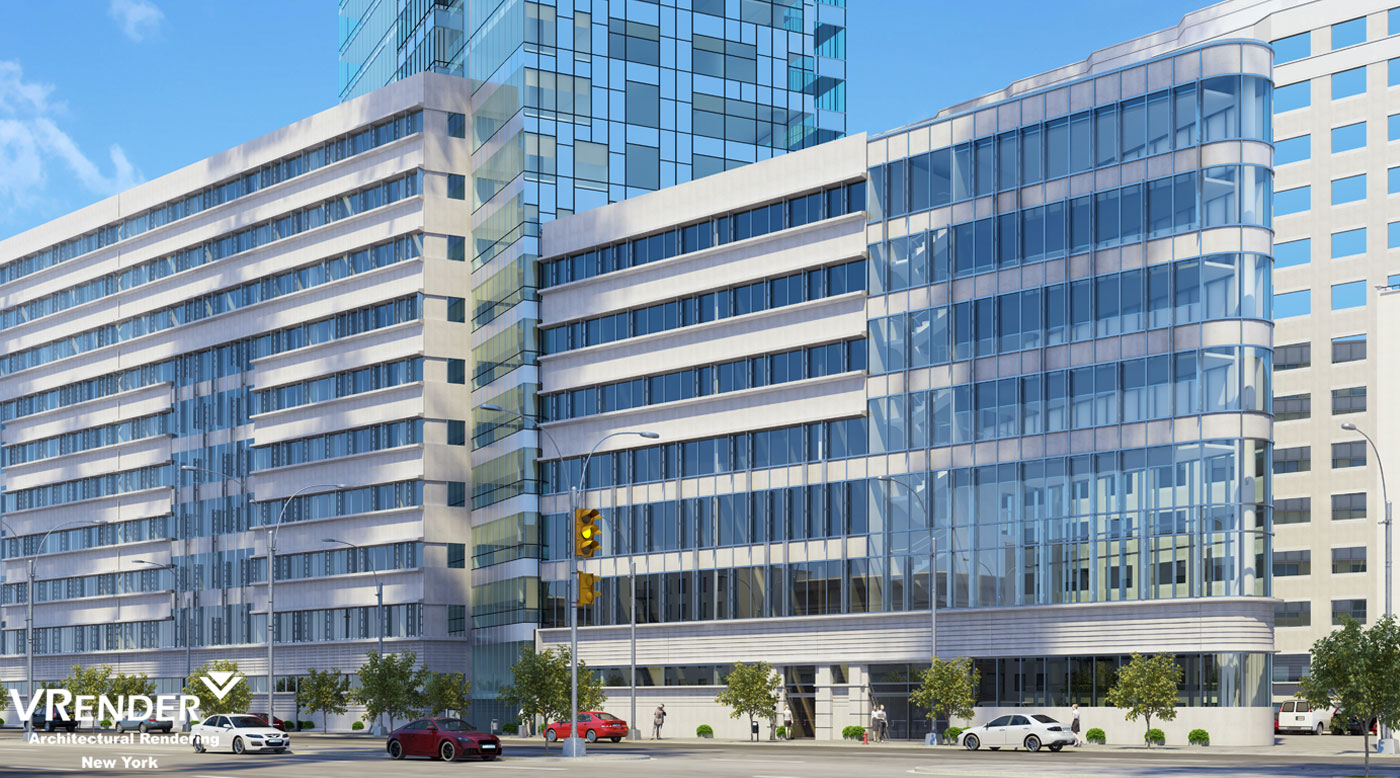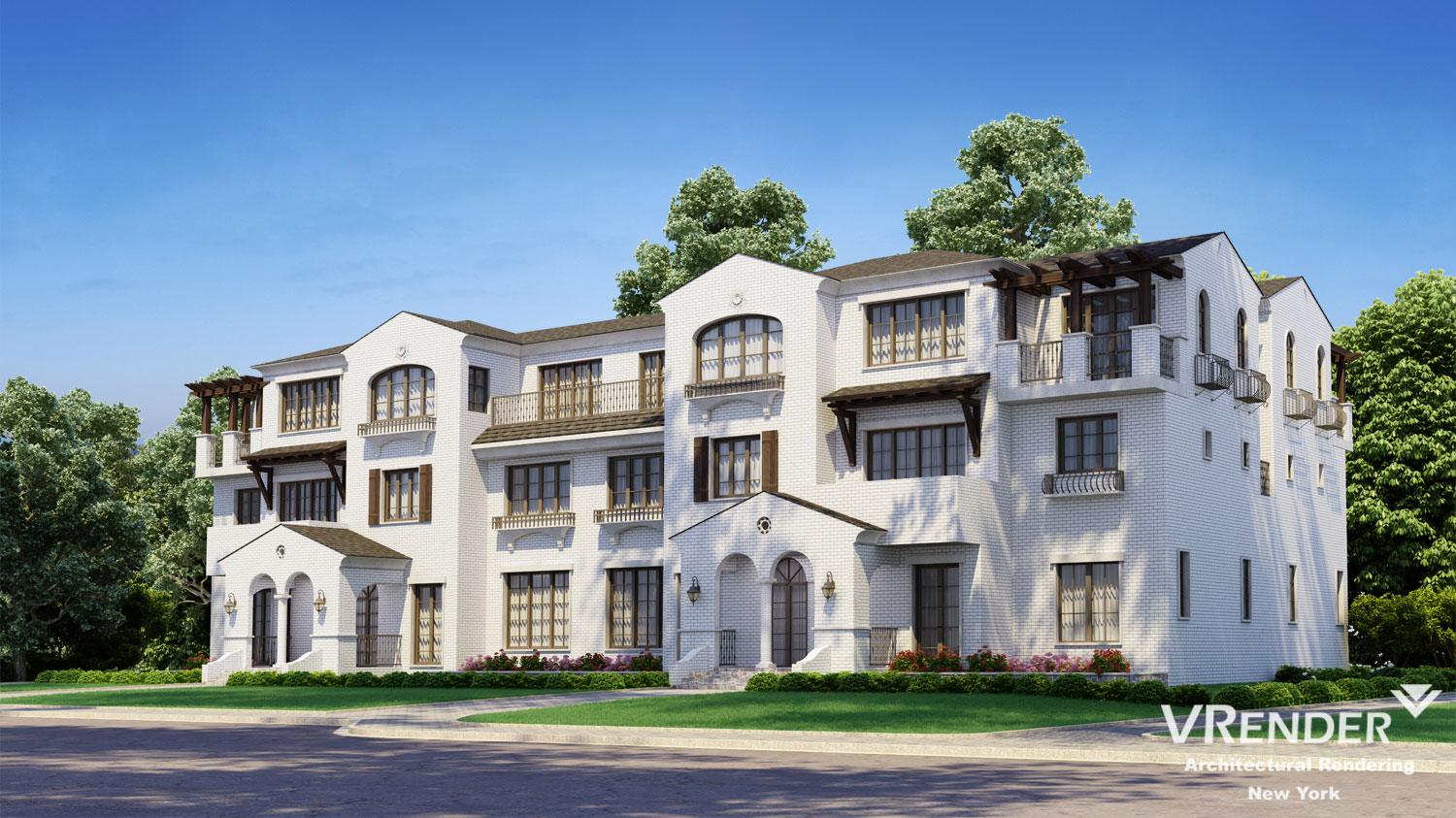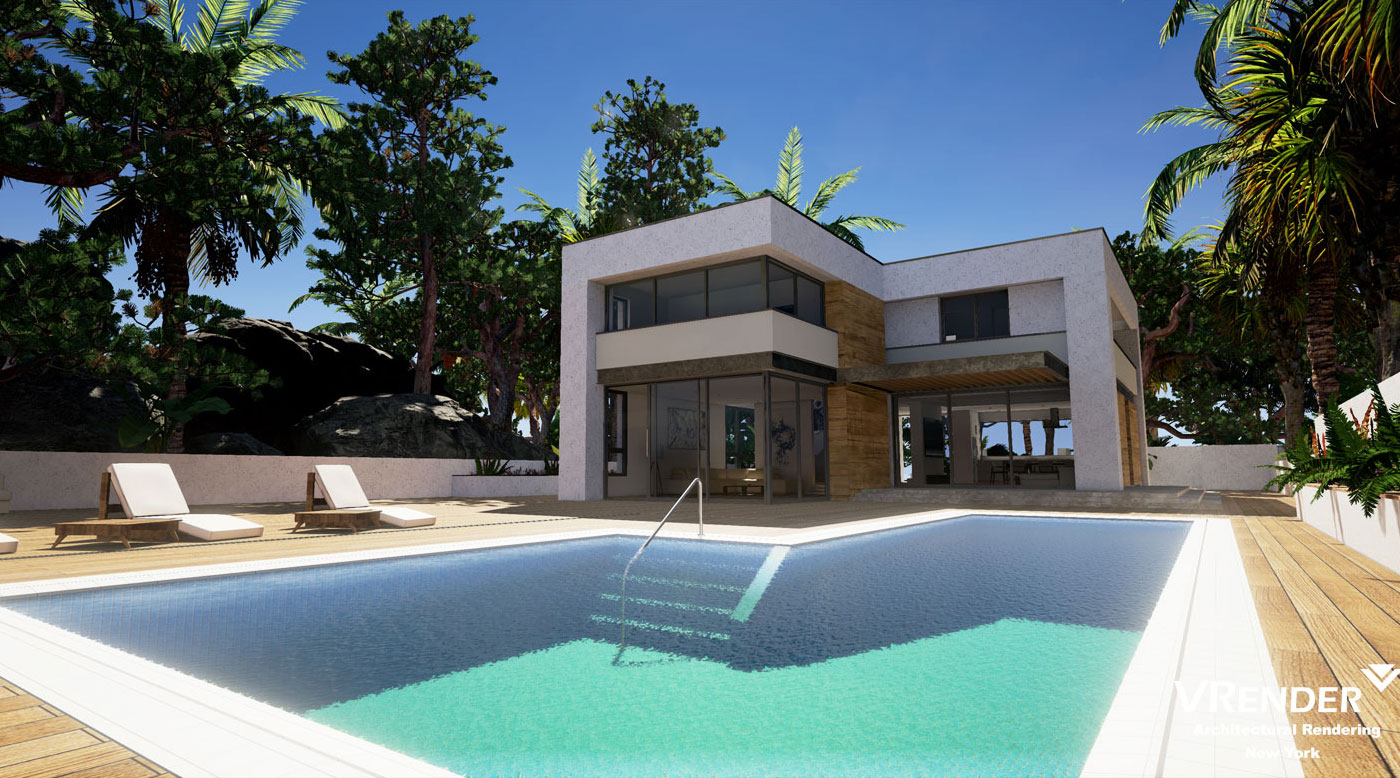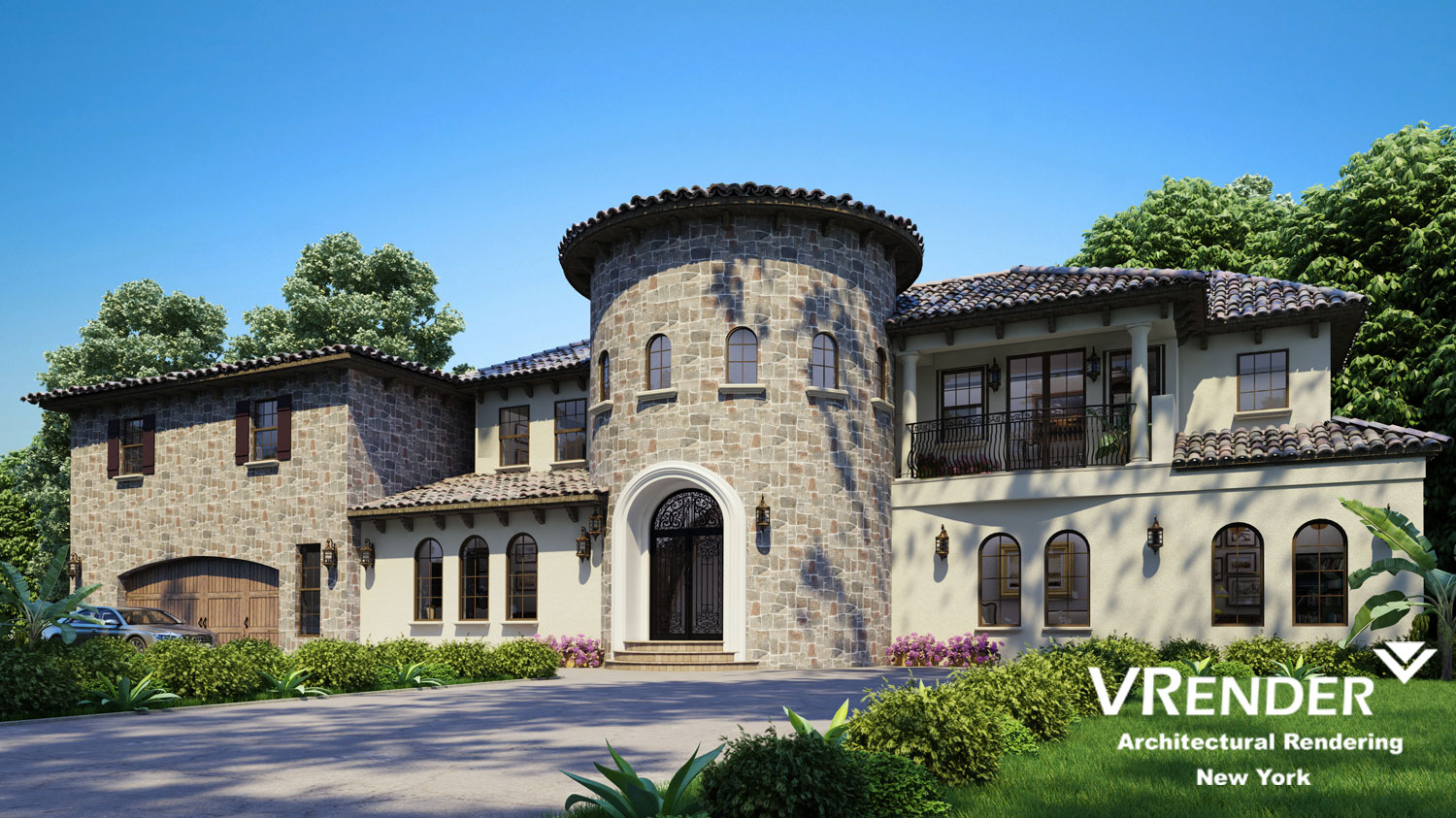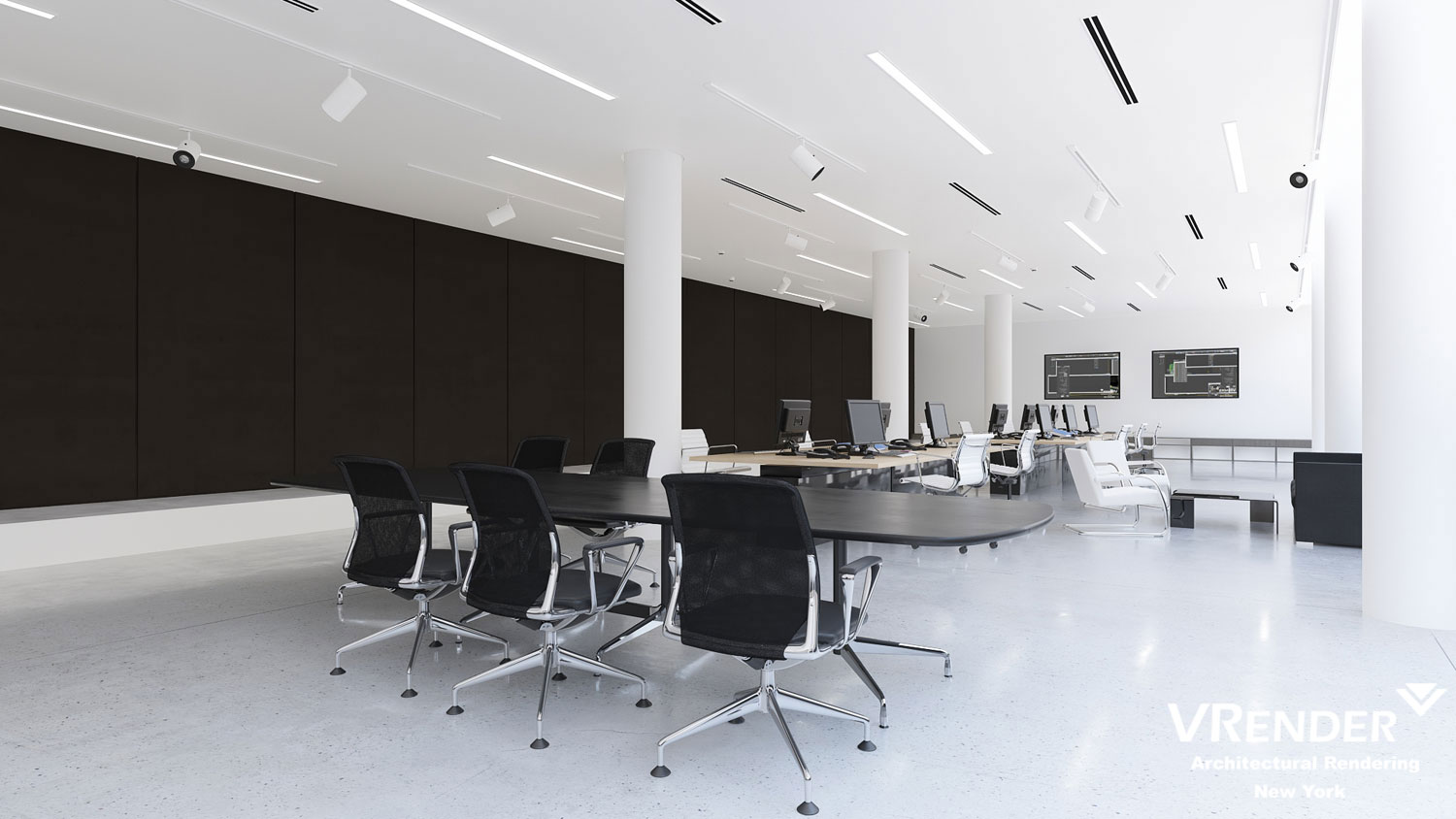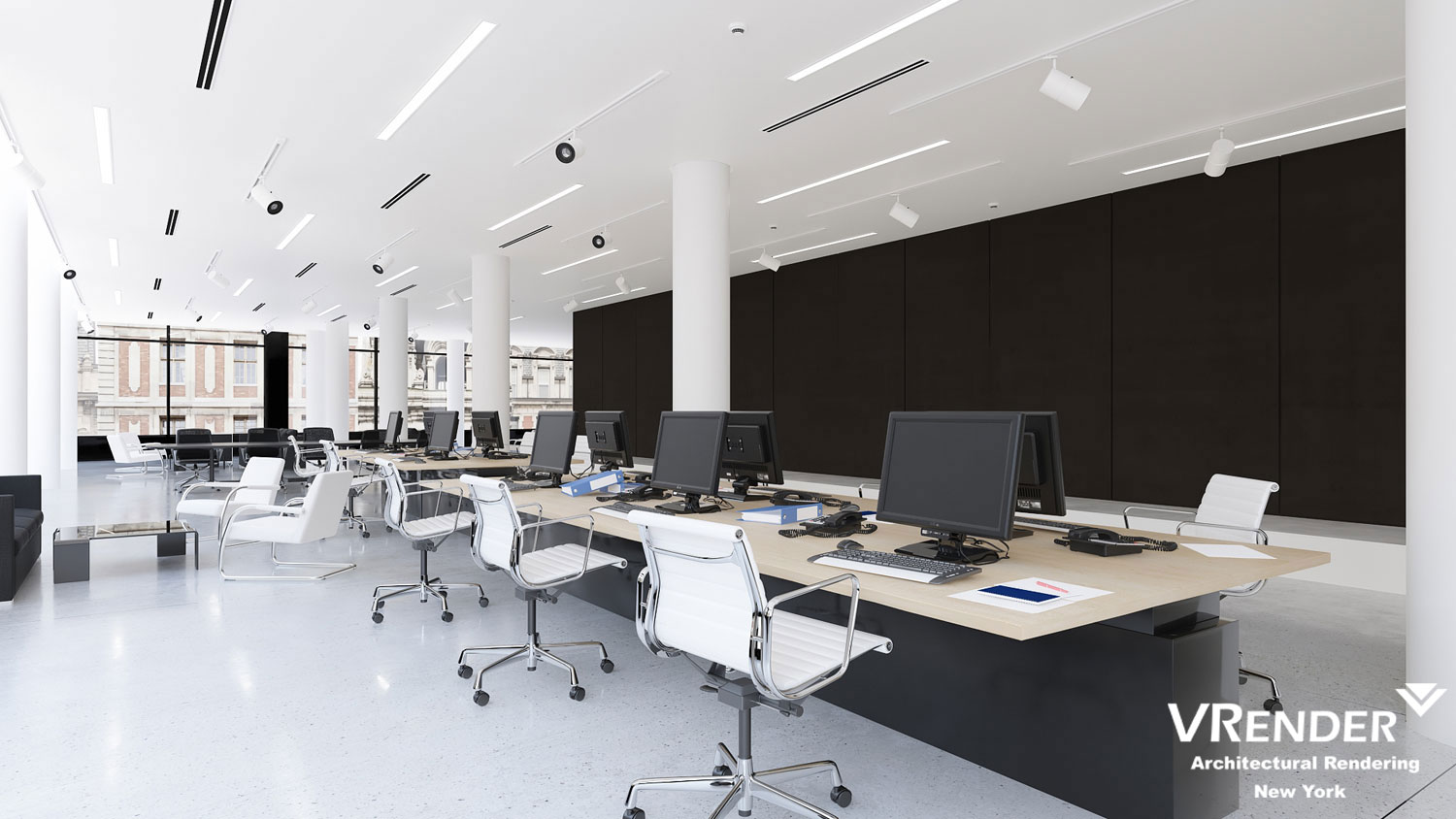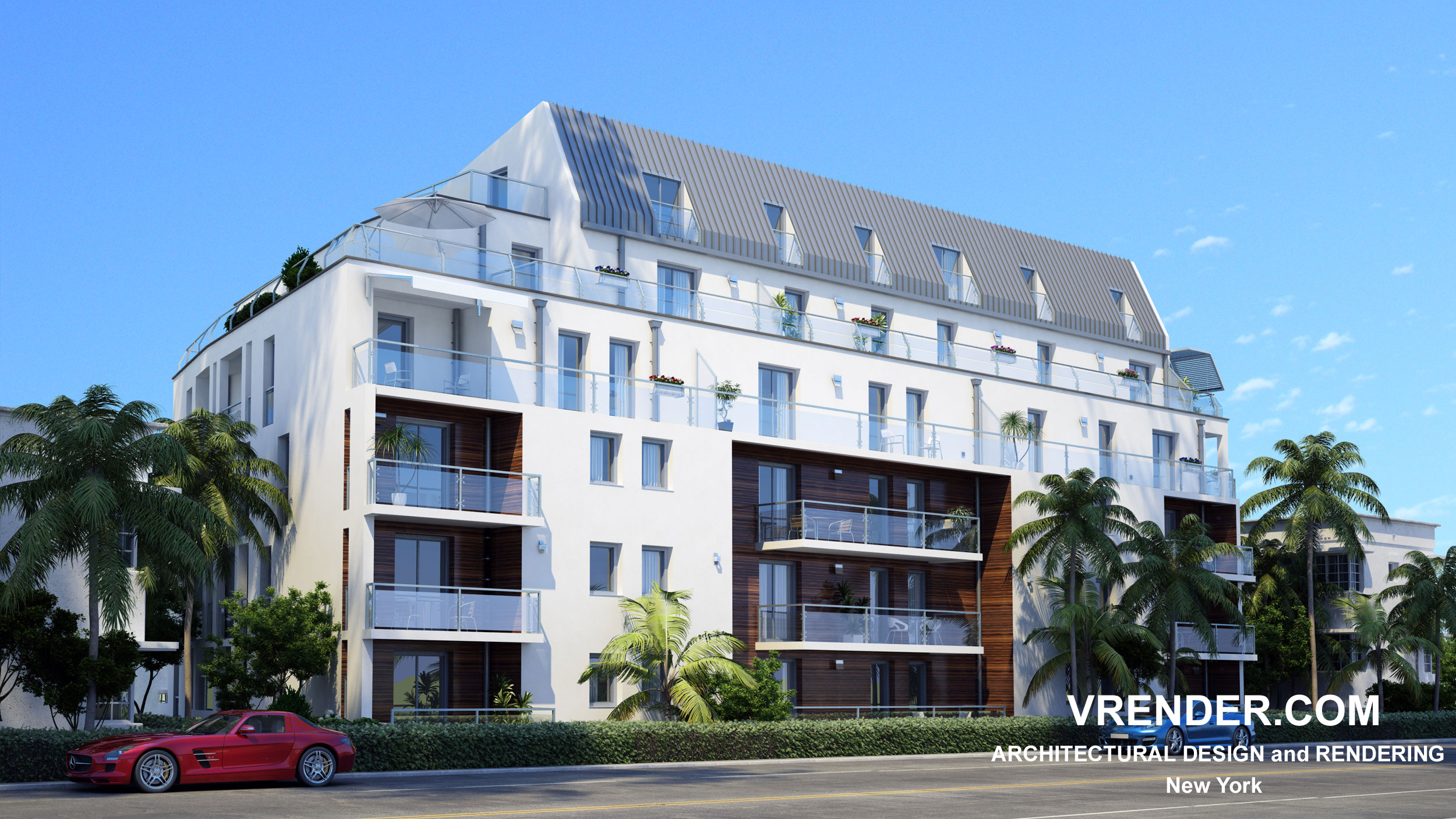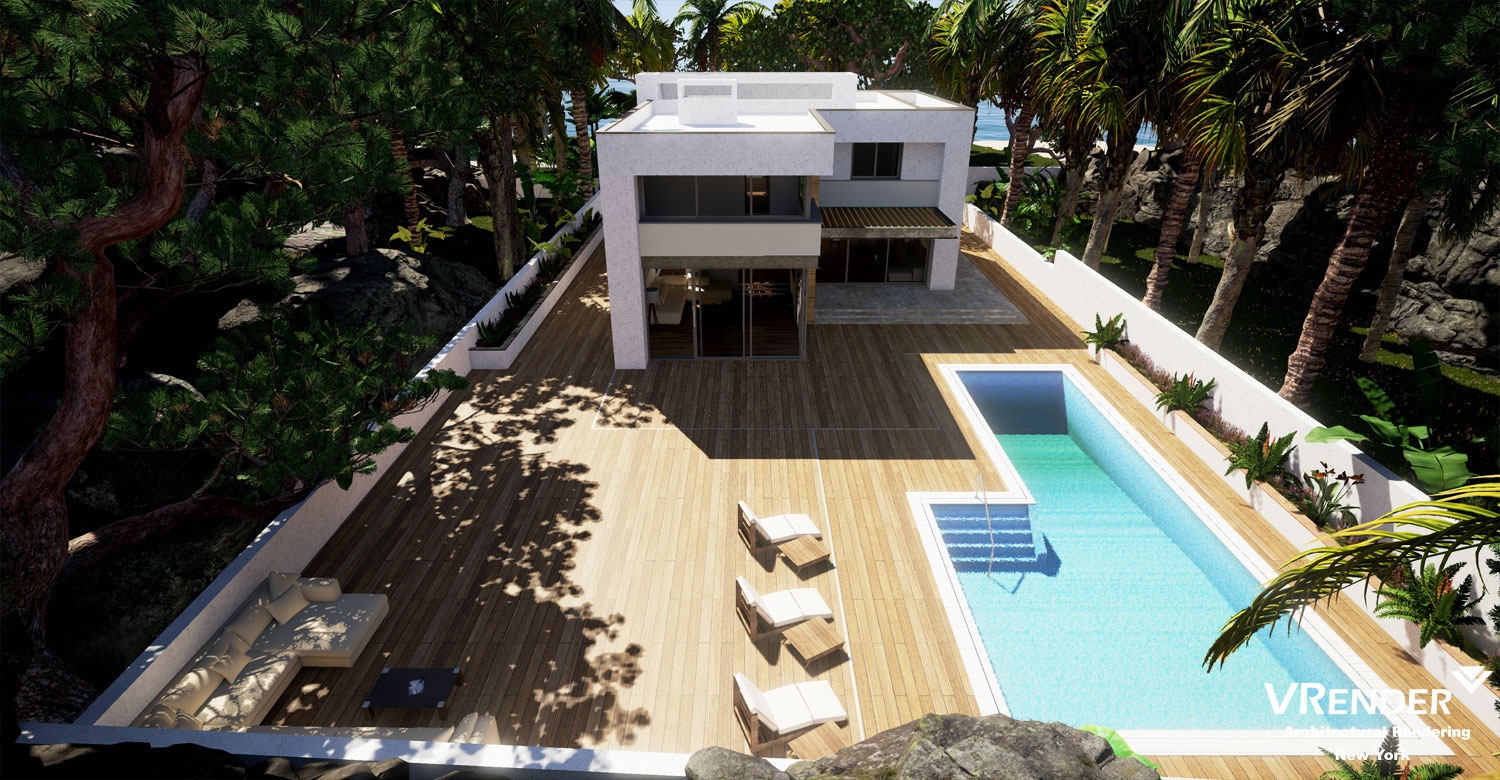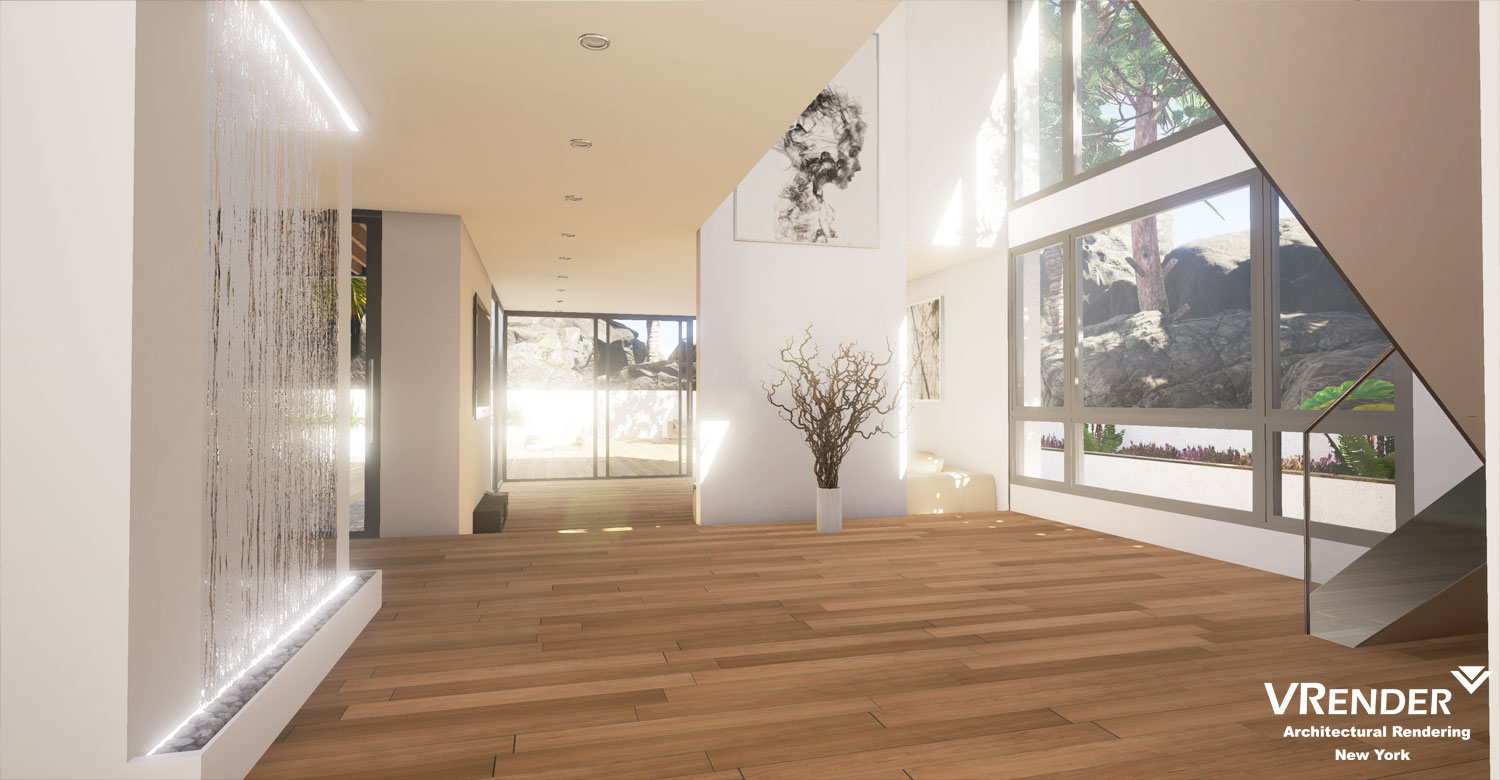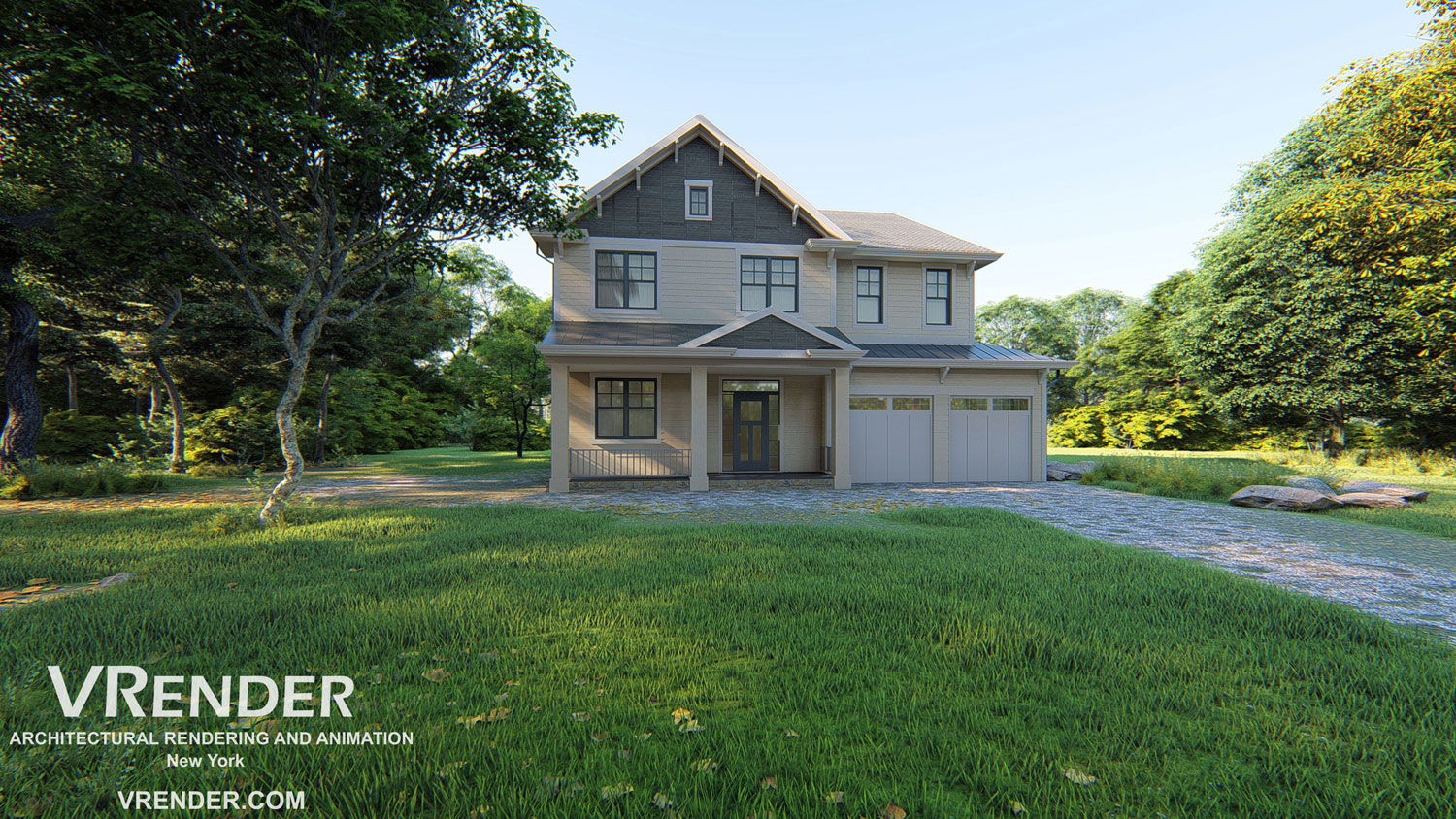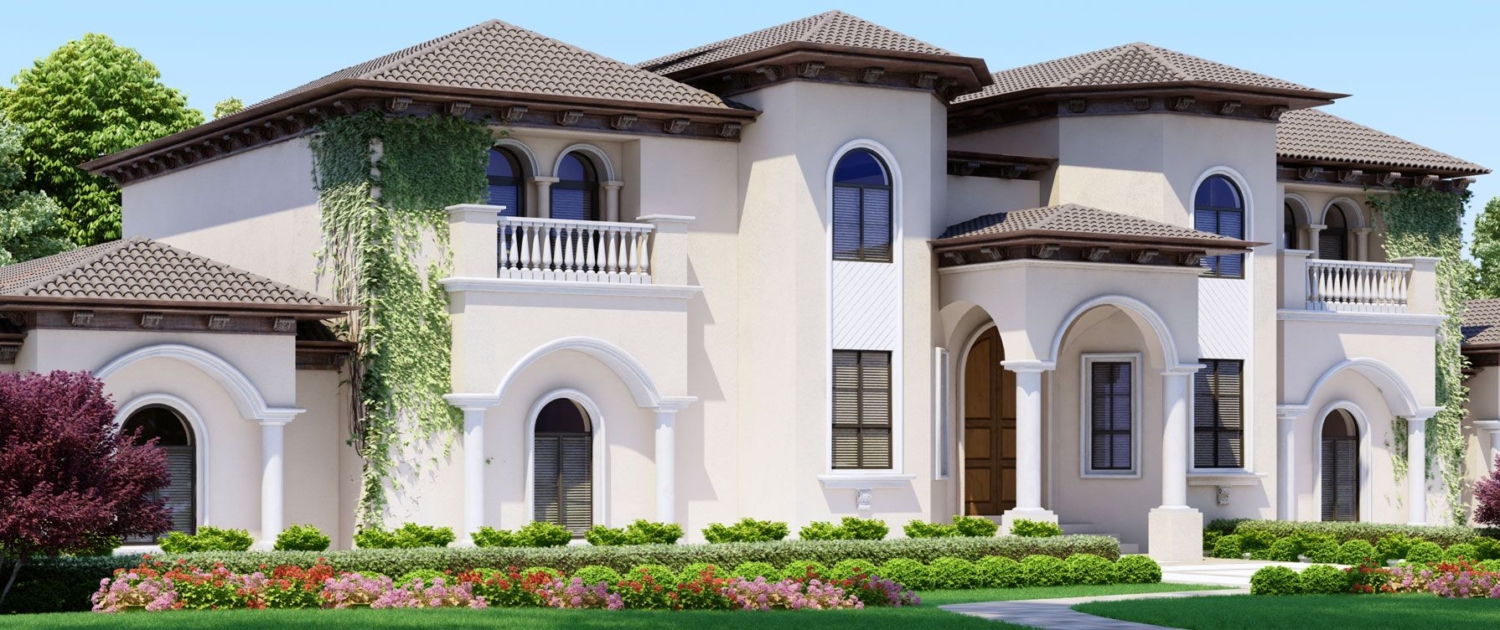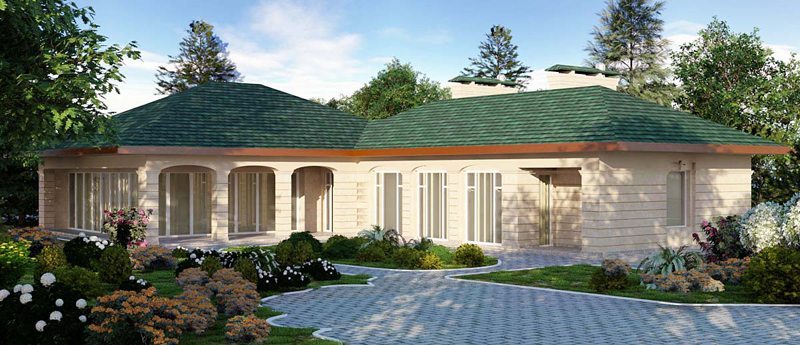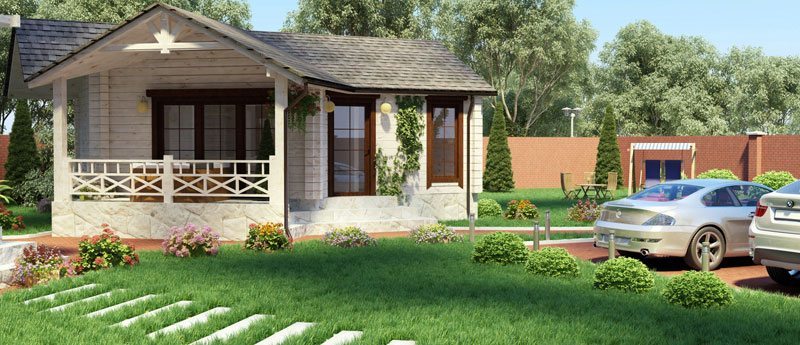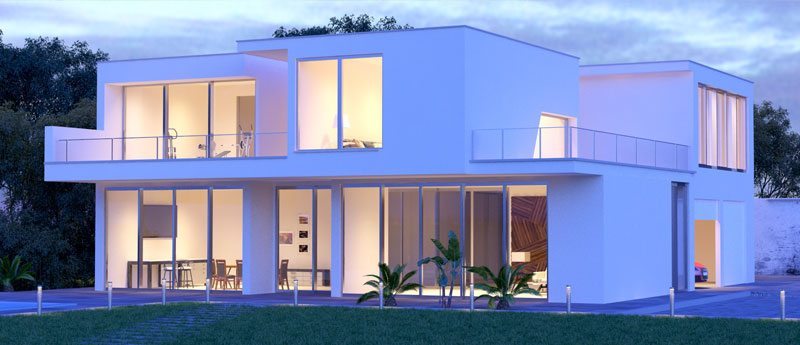3D rendering is the process of converting 3D models into 2D images on a computer. This is commonly used in various industries, including video games, architecture, medical imaging, and film and television for special effects. The process involves a series of steps that simulate light as it interacts with virtual objects to produce an image that looks realistic or stylistically pleasing, depending on the desired outcome.
Here’s an overview of the general process involved in 3D rendering:
1. Modeling: Before rendering can occur, there must be a 3D model. This is the process of creating a digital representation of any three-dimensional surface of an object via specialized software. The model includes not only the geometry of the object but can also include textures and material specifications that define its appearance.
2. Lighting Setup: The next step is to simulate lighting within the scene. Lights can be set up in the software to mimic various natural and artificial light sources, like the sun, lamps, or glow from a computer screen. The position, color, and intensity of the lights are adjustable, contributing to the mood and realism of the rendered image.
3. Texturing and Material application: Textures and materials are applied to the 3D model to give it color, reflectivity, transparency, and texture-like roughness or smoothness. This step is crucial because real-world objects have complex surfaces that reflect light differently, and these characteristics need to be simulated digitally.
4. Setting up the Camera: Just like in photography, a virtual camera is placed in the scene to capture the final image from a specific viewpoint. The camera’s position, focal length, depth of field, and other characteristics are adjustable.
5. Rendering: This is the actual computation phase where the computer uses algorithms to simulate how light interacts with the objects in the scene. There are different rendering techniques, including:
– Ray tracing: Simulates the way rays of light interact with objects in a scene, including reflection, refraction, and shadows. It is computationally intensive but produces highly realistic images.
– Rasterization: Converts the 3D objects into a 2D image by projecting the vertices onto a plane. It’s less computationally intensive than ray tracing and is often used in real-time applications like video games.
– Radiosity: Calculates the spread of light from surfaces in the scene. It is often used in conjunction with other techniques to achieve more realistic lighting, especially for indoor scenes.
6. Post-Processing: After rendering, the image can undergo additional modifications, called post-processing. This may include adding effects, adjusting color balance, or compositing the rendered image with other images or footage to achieve the final look.
The complexity of the rendering can vary greatly. For example, real-time rendering used in games is less complex and much faster but generally not as realistic as the rendering used in movies, which can take hours or even days for a single frame.
Software capable of 3D rendering includes programs like Blender, Autodesk Maya, 3ds Max, Cinema 4D, and many others. The hardware used can range from personal computers with powerful graphics cards to dedicated render farms, which are clusters of computers designed specifically for rendering.
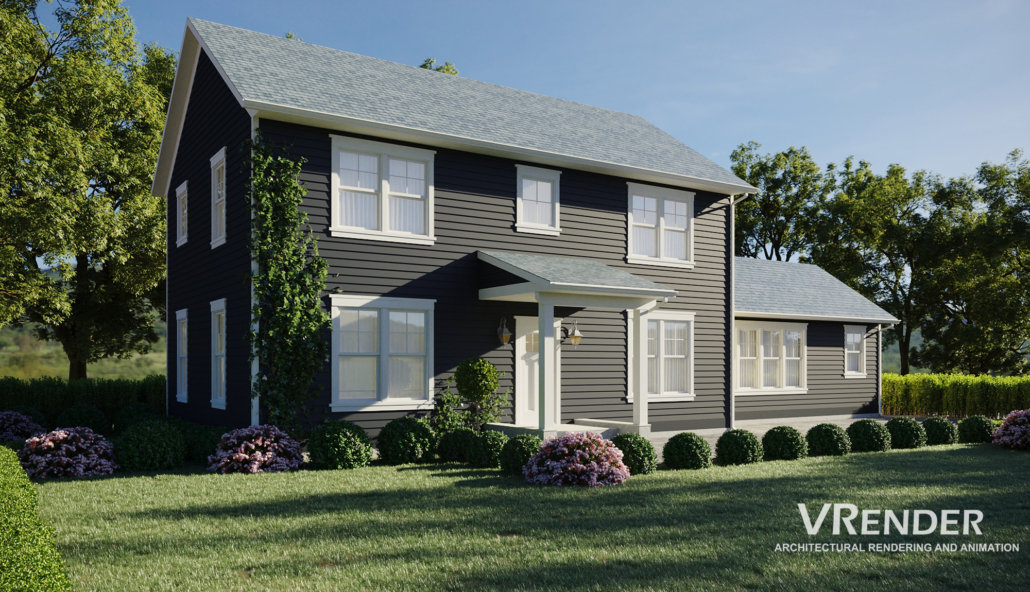
3D rendering plays a crucial role in various industries, from entertainment and gaming to architecture and scientific visualization. It involves turning 3D models into comprehensible two-dimensional images or animations. This process is central to the production of high-quality digital content and simulations. Let’s delve into a detailed exploration of 3D rendering:
1. Understanding 3D Rendering
3D rendering is essentially the process of converting 3D wire frame models into 2D images with 3D photorealistic effects or non-photorealistic rendering on a computer. It’s akin to taking a photo or filming the scene after the setup is finished in real life.
Key Components:
- 3D Models: These are mathematical representations of any three-dimensional object. A 3D model is not visually realistic until it goes through the rendering process.
- Textures and Materials: These are applied to the surface of 3D models and can mimic real-world surfaces like skin, metal, fabric, etc.
- Lighting: This brings the scene to life. Proper lighting can make a scene look realistic or stylized, depending on the intent.
- Camera Angles: Just like in photography, the angle and perspective of the camera can drastically alter the final image’s composition and feel.
2. The 3D Rendering Process
The process of 3D rendering can be broadly divided into several steps:
Modeling
This is the first step where objects within a scene are created. These models are constructed out of vertices in a three-dimensional space, usually using a set of polygons.
Texturing and Materials
Textures are bitmap images applied to the surface of a model. Materials are settings that define how light interacts with the surface, like how shiny or matte it is.
Lighting
Lighting in a 3D scene is set up to mimic real-world lighting. This includes considering factors like the light’s color, intensity, and the way it interacts with objects.
Animation (if applicable)
If the scene requires movement, objects are animated over time. This is often done using keyframing, where different positions are set at different times, and the software interpolates the in-between frames.
Rendering
This is the computation-heavy step where the computer processes all input data to produce a two-dimensional image or a sequence of images (for animations). Depending on the complexity, this can take anywhere from seconds to days.
Post-Processing
After rendering, the image can be enhanced or altered in various ways. This might include adding effects, adjusting colors, or compositing different elements together.
3. Types of Rendering
Real-Time Rendering
Used in video games and simulations, where images must be computed quickly (typically 30-60 frames per second) to provide an interactive user experience.
Offline Rendering
Used in situations where image quality is paramount, such as in movies and visual effects. This type of rendering can take much longer, allowing for more complex lighting models and realistic image quality.
4. Rendering Techniques
Various techniques are employed in the rendering process, including:
- Ray Tracing: Simulates the way light interacts with objects, often used for high-quality still images.
- Rasterization: Common in real-time rendering, where the 3D objects are converted into a 2D image with a pixel-by-pixel basis.
- Path Tracing: An extension of ray tracing that can produce more realistic lighting effects, especially in complex, indirect light situations.
5. Applications of 3D Rendering
- Movies and Animation: For creating visually stunning and realistic scenes.
- Video Games: To create immersive and engaging environments.
- Architectural Visualization: To preview how buildings and spaces will look before they are built.
- Virtual Reality: Creating immersive, interactive 3D environments.
- Scientific Visualization: For visualizing complex scientific data in a comprehensible manner.
6. Software and Tools
Several software tools are used in 3D rendering, ranging from professional-grade applications like Autodesk Maya, 3ds Max, and Blender, to game engines like Unreal Engine and Unity which are capable of real-time rendering.
7. Future of 3D Rendering
Advancements in technology are continually shaping the future of 3D rendering. The integration of AI and machine learning for faster rendering processes and the rise of cloud-based rendering services are just a few of the trends defining the future landscape of 3D rendering.
In conclusion, 3D rendering is a dynamic and evolving field that combines art and technology to create stunning visual experiences. Its applications are vast and impactful, stretching across various domains, and constantly pushing the boundaries of what’s possible in digital visualization.
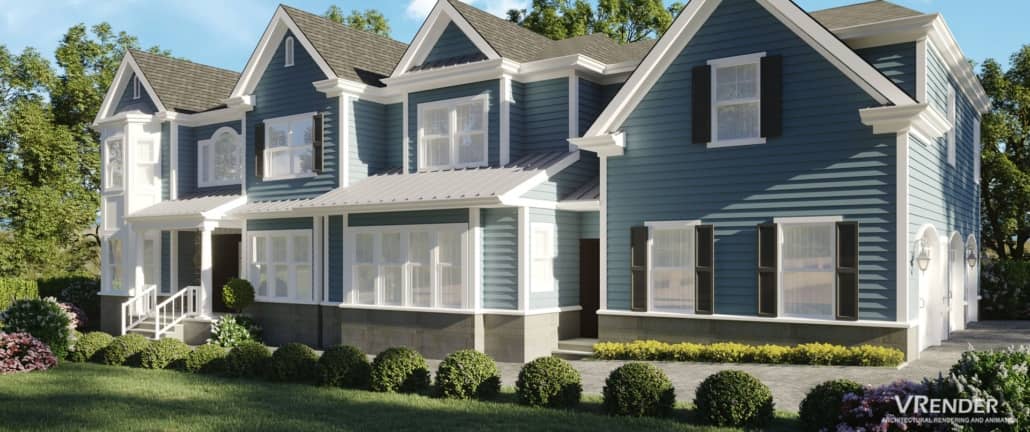
In recent times, it has become rare for customers to buy products based on descriptions only, nowadays customers are hungry for something more – something almost realistic. 3D Rendering has become an effective tool that satiates hunger because it demonstrates the product as it is in the real world. It has become one of the key developments in the market that persuades a customer to order.
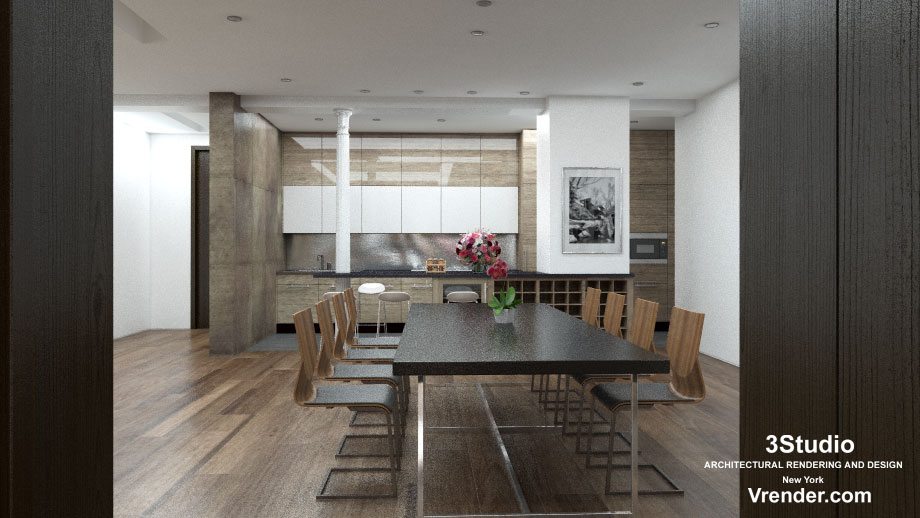
A qualitative three-dimensional model of a product allows potential buyers to examine it on all sides and to make adjustments to features such as color with only a click. More importantly, it has the following advantages:
- Every product can be better presented from the marketing perspective with the help of it;
- It is needed for in-depth development of every detail that pertains to a product;
- It allows converting a meager style of engineering drawing into a graphic prototype of a ready-made product;
- It is one of the few opportunities that allow a seller to present a new product to clients, even before its production;
- It is cheaper for a client to order a computational model than to search for a professional photographer.
3D visualization is one of the most demanded services among architects, landscapers and manufacturing industry representatives. This is of no major surprise because obviously, it makes ideas come alive and ultimately makes dreams come true. Rendering is especially popular in situations where the possibility of getting a photograph is hampered or impossible.
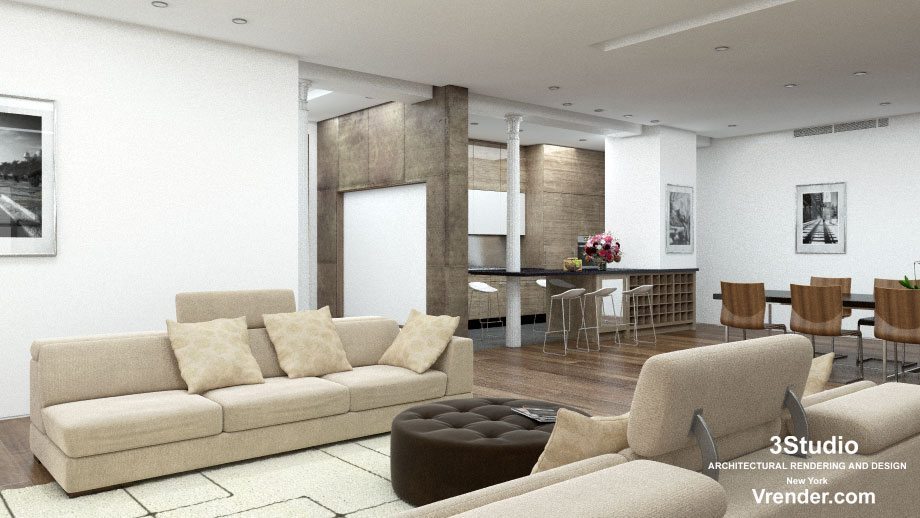
3D Rendering is relevant to everyone; for instance, as it helps a designer to demonstrate his building construction ideas to a client, so can it aid a photographer in taking into account the whole physics of lens and cameras during the installation of studio lighting, furthermore, it can assist in developing new models of jewelry, souvenirs, children’s toys, and many other things – this list is inexhaustible.
Experience has proven that 3D rendering services are becoming popular by the hour. However, it is necessary to entrust it only to professionals, if you wish to derive the utmost benefit from it.









